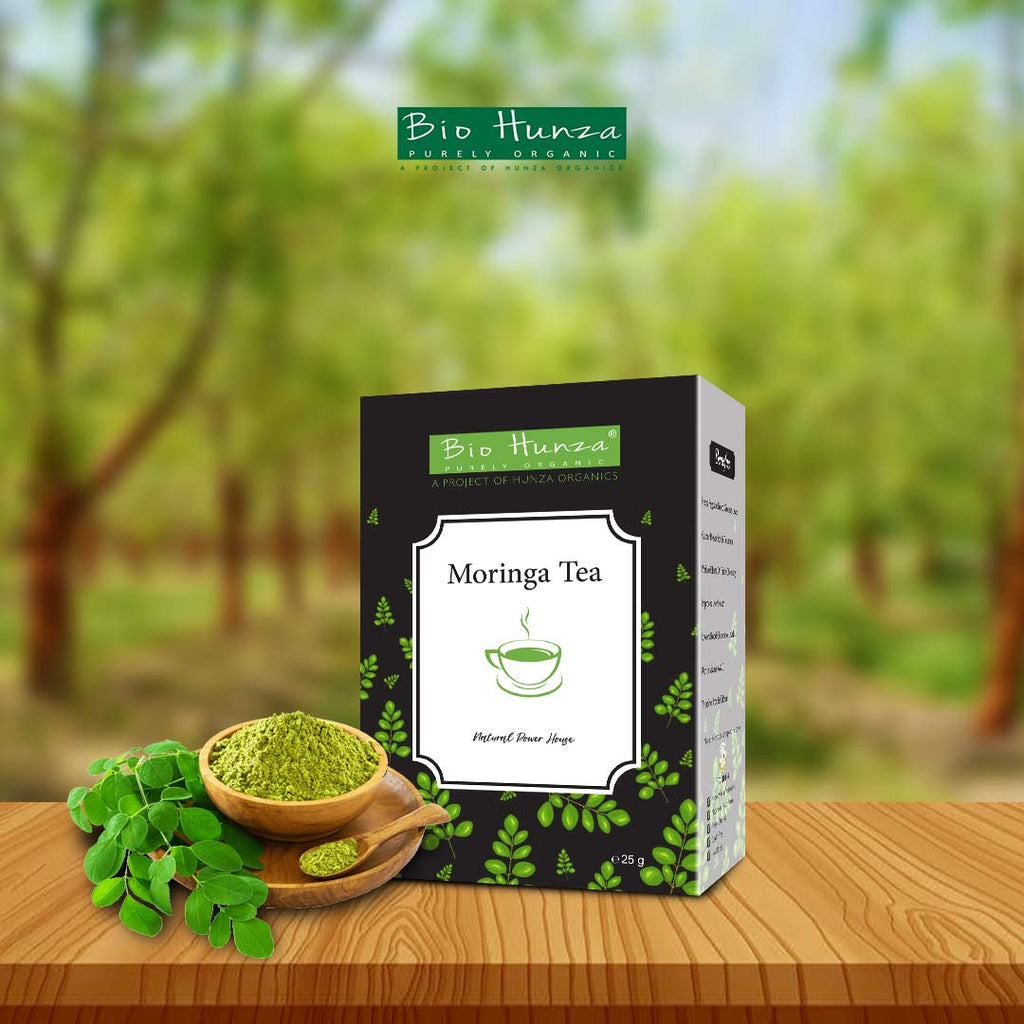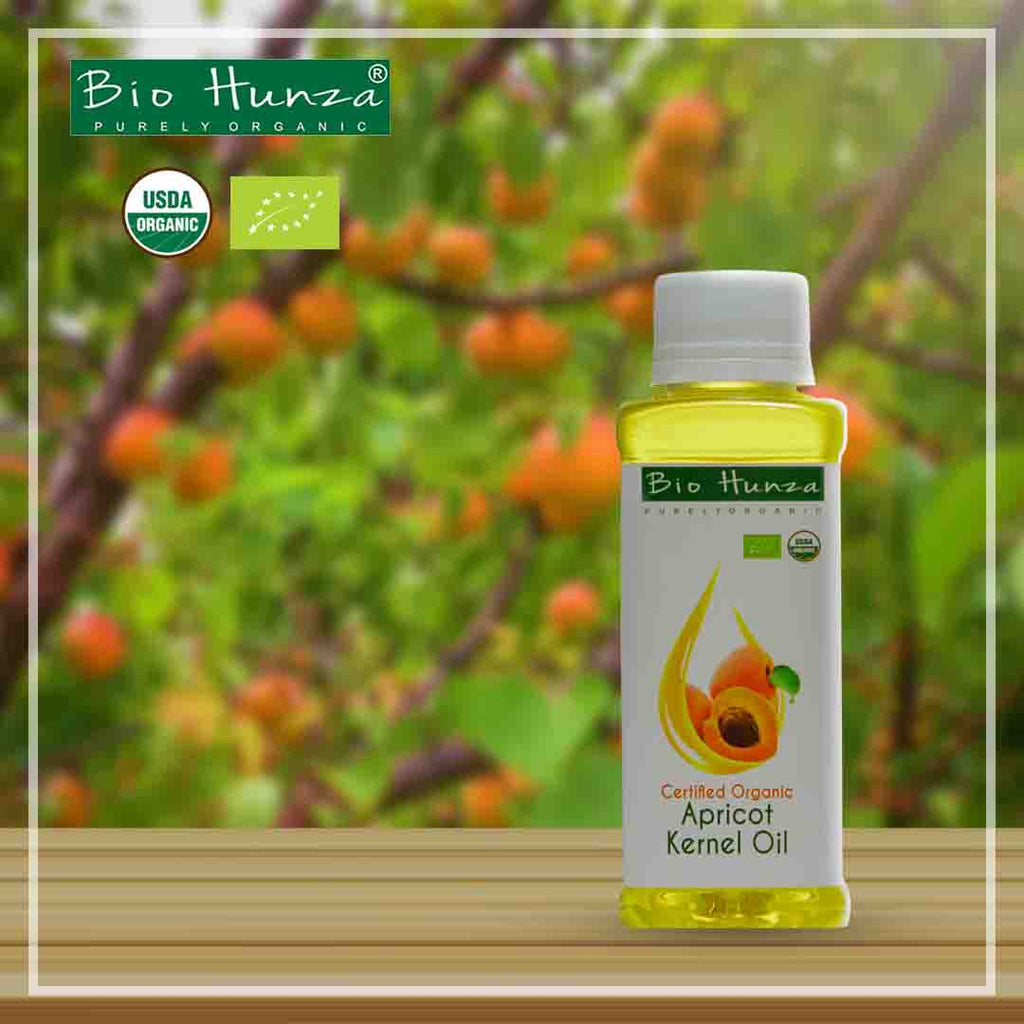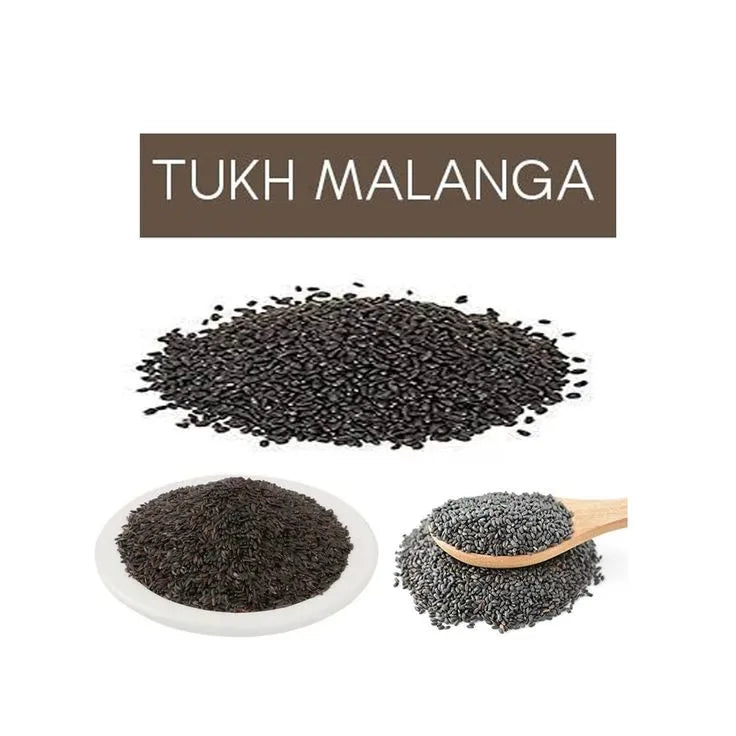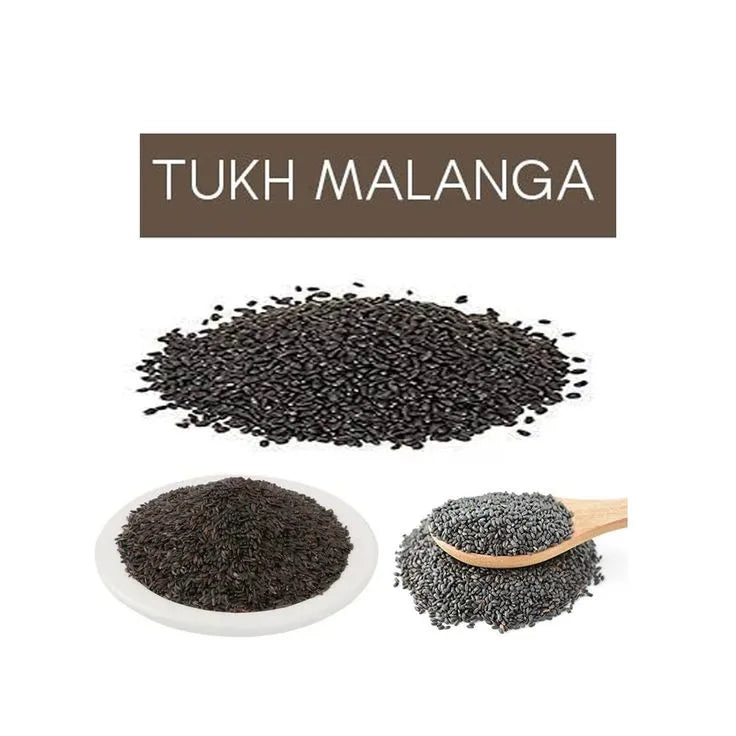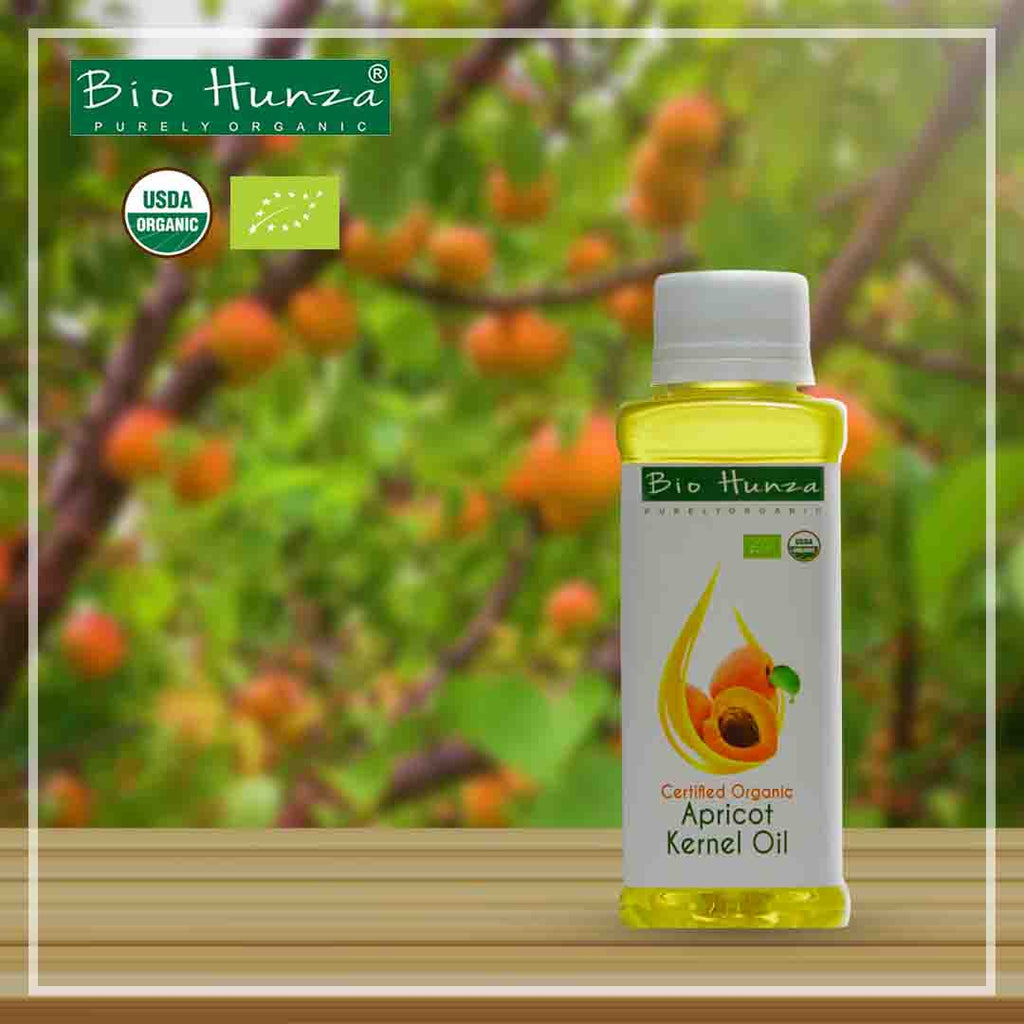
Basil Seeds vs. Chia Seeds – Nutrition, Benefits & Uses Compared

Basil Seeds vs. Chia Seeds: A Comprehensive Comparison
Both basil seeds and chia seeds have gained popularity as superfoods due to their impressive nutritional profiles and health benefits. While they share some similarities, they also possess distinct characteristics that make each unique. This article delves into their origins, nutritional content, health benefits, and culinary uses to help you make an informed choice.
Origins and Appearance
Basil Seeds
Also known as sabja or tukmaria seeds, basil seeds come from the Ocimum basilicum plant, native to India and the Mediterranean regions. These tiny, black, round seeds are commonly used in Asian beverages and desserts.
Chia Seeds
Chia seeds originate from the Salvia hispanica plant, native to Central and Southern Mexico and Guatemala. They are slightly larger than basil seeds and come in a mix of grey, brown, white, and black colors. Chia seeds have gained widespread popularity, especially in North and South America
Nutritional Comparison
Both seeds are nutrient-dense, offering a range of vitamins and minerals. Here's a comparative overview per ounce (28 grams)
| Nutrient | Chia Seeds | Basil Seeds |
|---|---|---|
| Calories | 138 | 100 |
| Carbohydrates | 12g | 14g |
| Fiber | 11g | 7g |
| Protein | 4g | 4g |
| Omega-3 (ALA) | 5g | <1g |
| Calcium | 18% DV | 15% DV |
| Iron | 6% DV | 15% DV |
| Vitamin K | Minimal | 15% DV |
Health Benefits
Weight Management
Both seeds are rich in dietary fiber, promoting a feeling of fullness and reducing appetite, which can aid in weight management. Chia seeds, in particular, can absorb water, expanding in the stomach to help reduce hunger.
Digestive Health
The high fiber content in both seeds supports digestive health by promoting regular bowel movements and alleviating constipation.
Heart Health
Chia seeds are a rich source of omega-3 fatty acids, which are known to support heart health by reducing inflammation and lowering cholesterol levels.
Blood Sugar Regulation
Consuming chia seeds may help control blood sugar levels, making them beneficial for individuals managing diabetes.
Culinary Uses
Basil Seeds
Basil seeds are often soaked in water, causing them to swell and form a gel-like texture. They are commonly added to beverages like falooda or incorporated into desserts and salads for their unique texture and cooling properties.
Chia Seeds
Chia seeds are versatile and can be consumed raw or soaked. They are frequently added to smoothies, yogurt, oatmeal, or used as a thickening agent in baking. When soaked, they develop a gel-like consistency, making them suitable for puddings and as an egg substitute in vegan recipes.
Frequently Asked Questions (FAQs)
1. Can both seeds be consumed daily?
Yes, both basil and chia seeds can be consumed daily in moderation as part of a balanced diet.
2. Do these seeds have any side effects?
While generally safe, consuming large quantities without adequate hydration may lead to digestive discomfort. It's advisable to start with small amounts and ensure sufficient fluid intake.
3. Are these seeds suitable for everyone?
Most individuals can safely consume these seeds. However, those with specific medical conditions or allergies should consult a healthcare provider before adding them to their diet.
4. How should these seeds be stored?
Store both types of seeds in an airtight container in a cool, dry place away from direct sunlight to maintain their freshness.
5. Can these seeds help with weight loss?
Due to their high fiber content, both seeds can promote a feeling of fullness, potentially aiding in weight management when combined with a healthy diet and regular exercise.
In conclusion, both basil and chia seeds offer a plethora of health benefits and can be valuable additions to your diet. Your choice between the two may depend on your specific health goals and culinary preferences.

